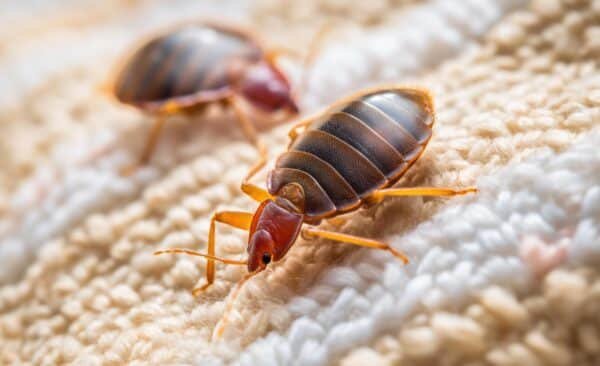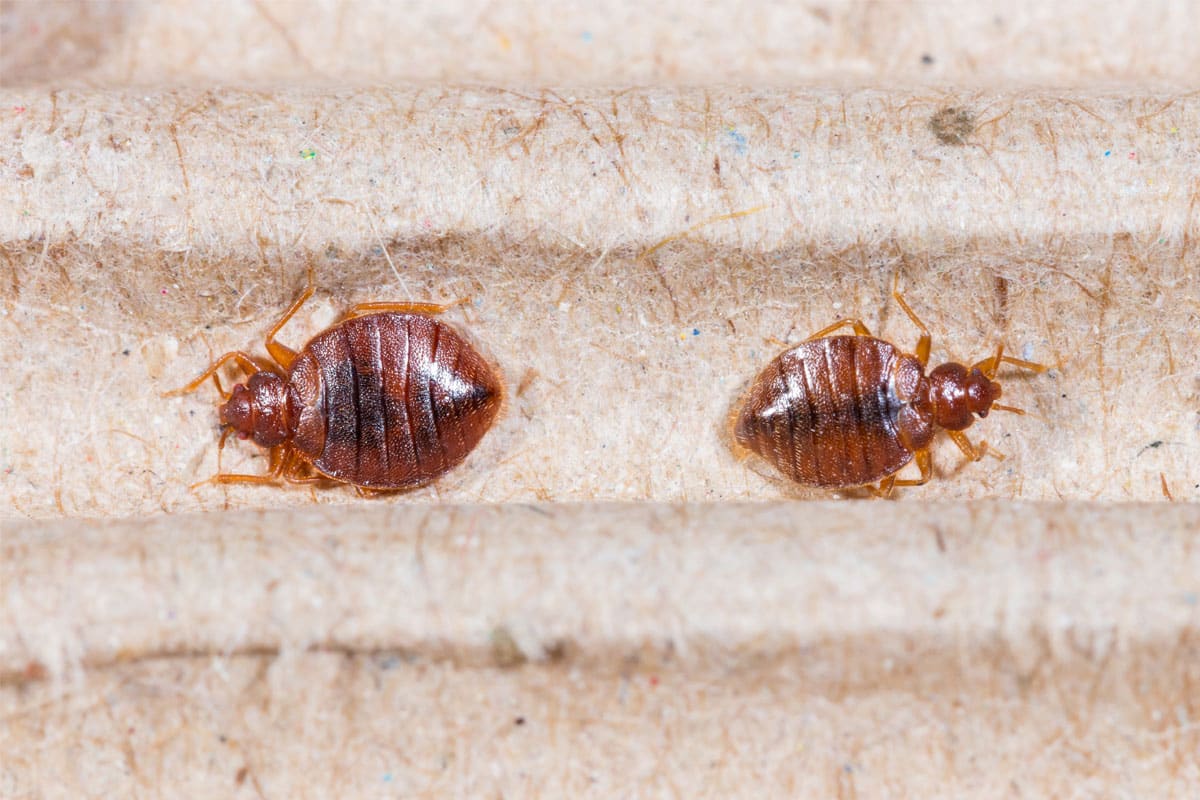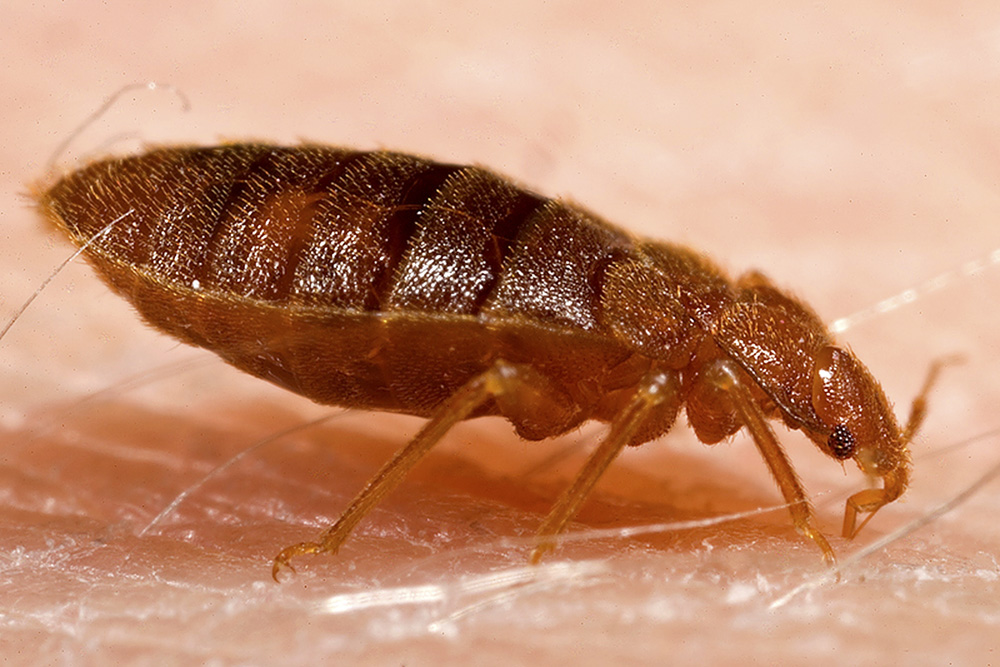Reliable Bed Bug Treatment Methods: A Key Component of Bug Control
The revival of bed bug problems has emphasized the requirement for efficient treatment techniques within the pest control industry. These resistant insects, capable of evading conventional approaches, demand a diverse strategy that integrates both conventional and ingenious methods.
Recognizing Bed Insect Habits

One of the specifying qualities of bed bugs is their capability to replicate rapidly. A single female can lay hundreds of eggs in her lifetime, leading to quick populace development if left unchecked. Furthermore, bed pests can survive for a number of months without feeding, enabling them to withstand periods of host lack, which can hinder timely monitoring efforts.

Conventional Treatment Approaches
While contemporary strategies to bed insect administration have actually gained popularity, typical therapy approaches remain foundational in attending to invasions. These approaches mainly consist of chemical therapies and physical interventions.
Chemical chemicals, such as pyrethroids and neonicotinoids, have actually been traditionally used to get rid of bed pests. These materials function by disrupting the nerve system of the bugs, bring about their ultimate demise. Due to the growth of resistance among bed pest populations, performance can differ.
Physical techniques, including heat treatment, have also become part of standard methods. This includes elevating the temperature level of infested locations to a deadly level for bed insects, usually around 120 ° F(49 ° C) for sustained periods. This method is particularly beneficial as it can penetrate various materials and does not leave chemical deposits.
In addition, comprehensive cleansing practices, such as vacuuming and cleaning ravaged bed linens and clothes, are vital in this strategy. Securing splits and crevices, along with utilizing bed mattress encasements, can likewise prevent bed insects from establishing themselves in living areas. Jointly, these standard methods supply an important structure for handling bed pest infestations effectively.
Modern Innovations in Therapy
The landscape of bed pest therapy has evolved significantly with the arrival of contemporary innovations that boost performance and effectiveness in managing invasions - Bed Bug Treatment. One of one of the most significant advancements is making use of warm treatment, which includes raising the temperature level of ravaged areas to degrees deadly to bed insects. This technique not just removes grown-up pests but also targets eggs, therefore interrupting their reproductive cycle
An additional technology is the application of advanced monitoring systems, such as bed pest detection dogs and state-of-the-art traps outfitted with sensors. These devices aid identify problems early, enabling timely intervention. Additionally, the advancement of pesticides with novel modes of action, created to conquer resistance, guarantees that parasite control experts have reliable choices at their disposal.
Additionally, the combination of modern technology in pest control administration, such as data analytics and mobile applications for tracking and reporting problems, streamlines the treatment procedure. These advancements jointly add to even more lasting and effective bed insect management strategies, reflecting the sector's recurring dedication to enhancing parasite control results. Because of this, both residential property owners and insect administration specialists can come close to infestations with better self-confidence and precision.
Preventative Actions for Invasions
Efficient prevention approaches are important in decreasing the danger of bed insect problems, with aggressive steps playing a crucial role in securing both residential and industrial areas. Among the most reliable methods is regular examinations of living and workspace, especially in position where people often collect, such as resorts and public transport. Early detection can considerably reduce the possibilities of an invasion ending up being developed.

An additional precautionary action includes the cautious inspection of second-hand furnishings and garments prior to bringing them into your area. Utilizing safety encasements on mattresses and box springtimes can also give an effective barrier against bed insects.
Last but not least, educating residents and workers concerning the indications of bed pest visibility, such as little blood stains or dark spots on sheets, empowers individuals to act rapidly if they suspect a problem, thus decreasing the chance of prevalent issues.
(Bed Bug Heat Treatment)
When to Seek Expert Aid
Recognizing the indications of a bed pest invasion early on can make a substantial difference in handling the problem properly. Small, brownish insects, in addition to corroded spots on bedding, are indications that must not be overlooked. If these indicators appear, it is crucial to evaluate the intensity of the situation.
Bed insects are infamously resistant, and their capability Check Out Your URL to conceal in hard-to-reach areas complicates therapy initiatives. If you notice that bed insects come back regardless of duplicated efforts to remove them, it may be time to seek advice from a parasite control expert.
Finally, people with allergic reactions or respiratory problems need to prioritize specialist intervention. The chemicals made use of in insect control can position health threats if not used properly. Ultimately, engaging a licensed parasite control service makes sure a complete and reliable resolution to bed insect problems, guarding your home and health and wellness.
Conclusion
Efficient bed insect therapy techniques are critical in regulating invasions and minimizing their influence. A comprehensive technique that combines conventional methods with modern advancements improves treatment effectiveness and addresses resistance problems. Preventative steps and routine examinations play an important function in minimizing the probability of infestations. Inevitably, recognizing bed pest behavior and recognizing when to seek specialist assistance ensure that efficient monitoring approaches are utilized, adding to lasting insect control success.